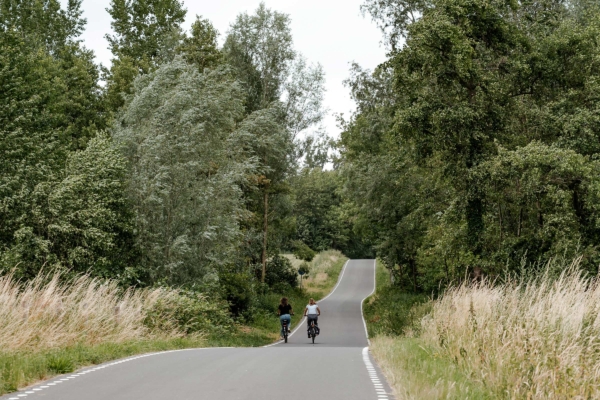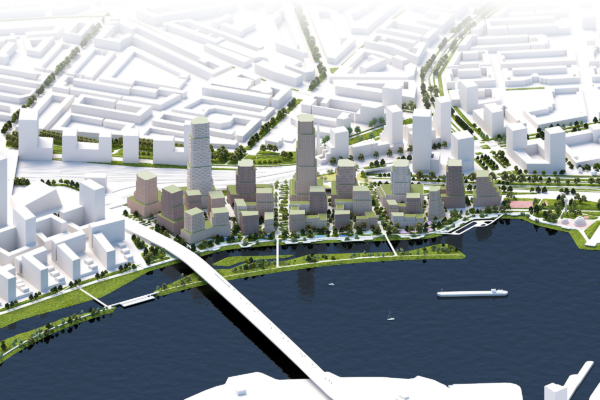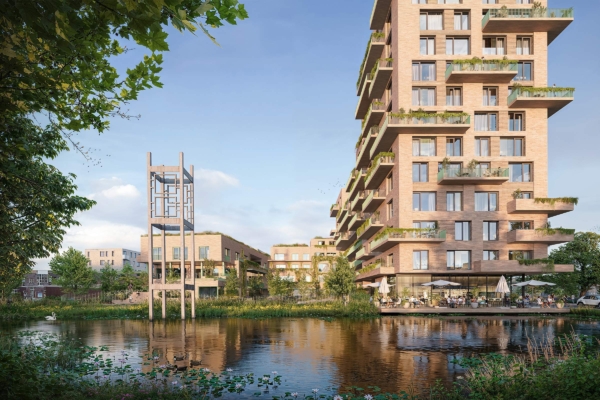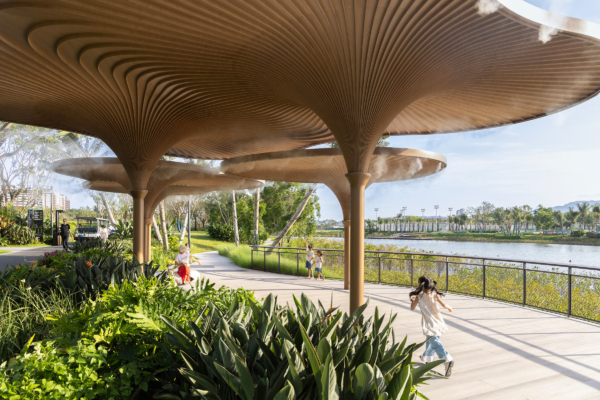LOLA, L+CC and TALLER’s Shenzhen Bay Park project is currently exhibited at the 2023 Seoul Biennale of Architecture and Urbanism from 1 September until 29 October. The Seoul Biennale of Architecture and Urbanism was first launched in 2017 to address urban and architecture-related challenges resulting from rapid urban growth in one of the world’s most densely populated cities.
Shenzhen Bay Park
Shenzhen, CN
| Type | Masterplan, Landscape design |
| Design | 2020-2023 |
| Completion | 2026 |
| Location | Shenzhen, China |
| Size | 128.74 ha |
| Client | Oct |
| I.c.w | TALLER architects, Land + Civilization Compositions |
| Team | Peter Veenstra, Qiuxia Ye, Giulia Repici, Jie Wang, Martin Garcia Perez, Pasha Vredenbregt, Ramón Cuesta, Fanny Genti, Andrea Tomasino, Senmiao Yang |

Enhancing a Vision of Nature, Connectivity, and Biodiversity
Shenzhen Bay Park waterfront is the interface between a global city and the world seas. The sea breeze, the calm views, and the colourful nature make it a precious ecosystem for nature and people alike. With an incredible potential for the 13-kilometer waterfront area, LOLA Landscape Architects, in collaboration with L+CC and TALLER, is working on the competition to develop a design improvement strategy to make the bay more natural, grow stronger links between the city and the sea, and propose diverse promenade pavilions and park programs. With a flood-resistant shore, an ecological flora, new programmatic nodes and facilities, and much more shadow created by trees, Shenzhen’s most important waterfront will be ready for the decades to come.
Towards a natural bay
The upgrade of Shenzhen Bay Park aims to contribute towards a more resilient and attractive natural bay. Placing nature at the forefront of all future transformations is an important factor introduced through targeted interventions. For instance, introducing softer edges and a more gradual transition from land to water can improve resiliency against sea level rise and typhoons.
Strong city Links
The water network is a unique feature of Shenzhen Bay Park, that canplay a key role in creating new and better connections and by
linking the new park programs to the adjacent urban functions. The small water streams can be opened up and widened, combined with ecological and pedestrian connections. The waterfront could transform from a hard edge into a series of peninsulas and islands, tied together by roads and paths. The long-term vision can be realised with time, linking the ambition to the sequential transformation of the different urban quarters that border the park.
Thriving biodiversity
As a primary natural biotope, Shenzhen Bay’s tidal dynamics and exchange of fresh and saltwater create a good environment for natural mangroves and migratory birds. Introducing more underwater topography, diversifying the bay’s floor, and working with natural sedimentation and erosion can help attract more sea life and diverse natural vegetation.







